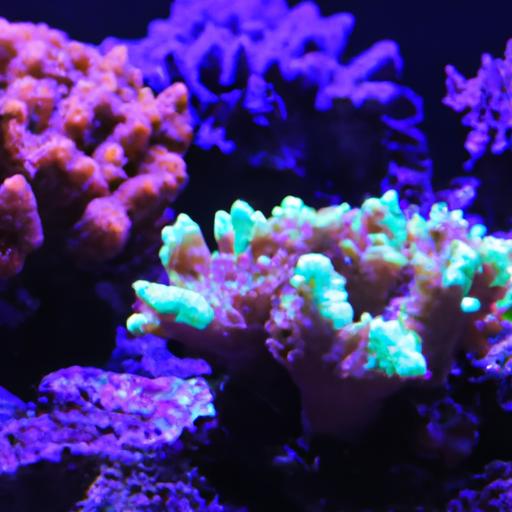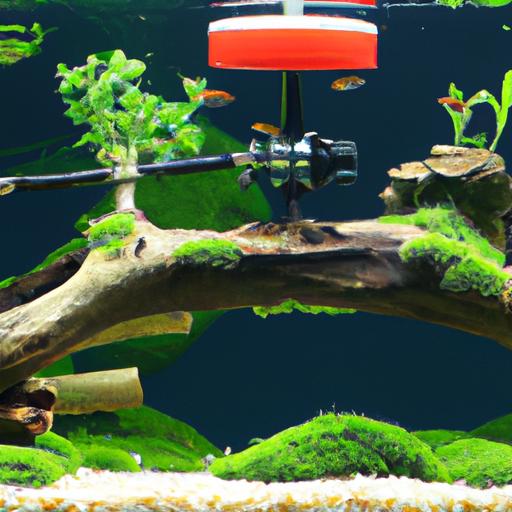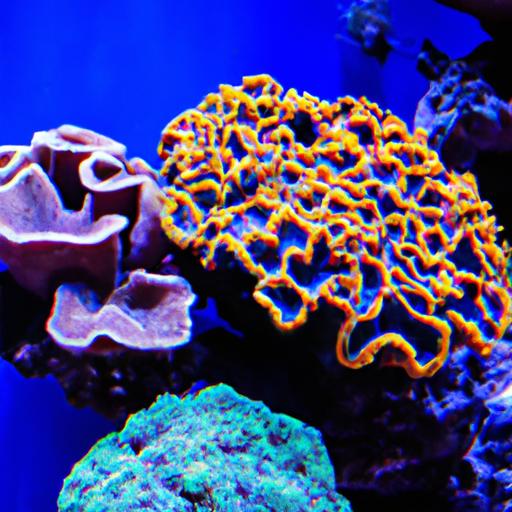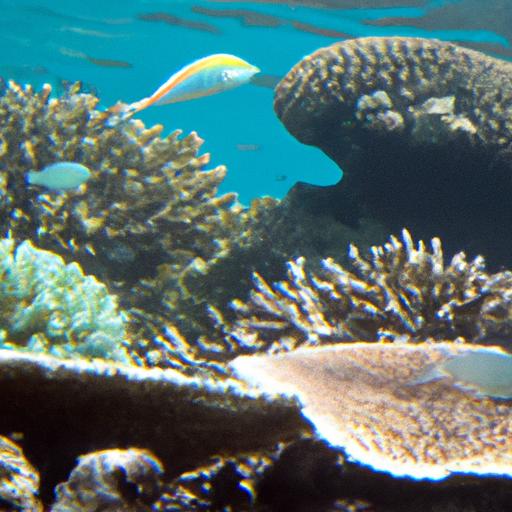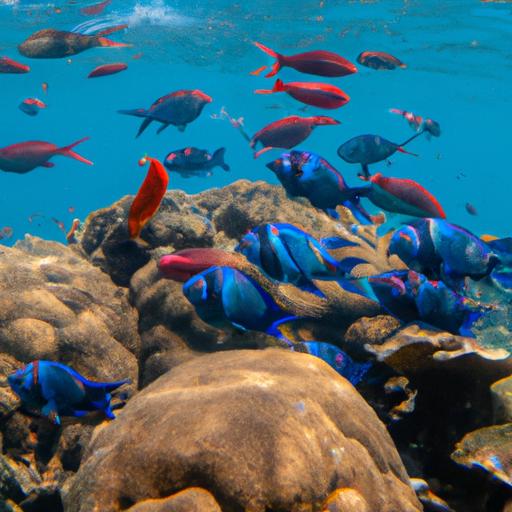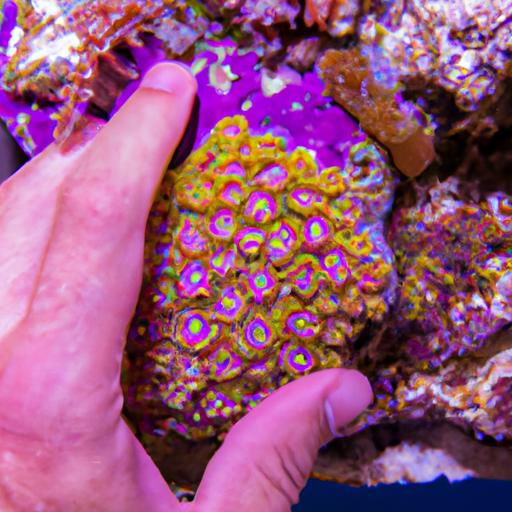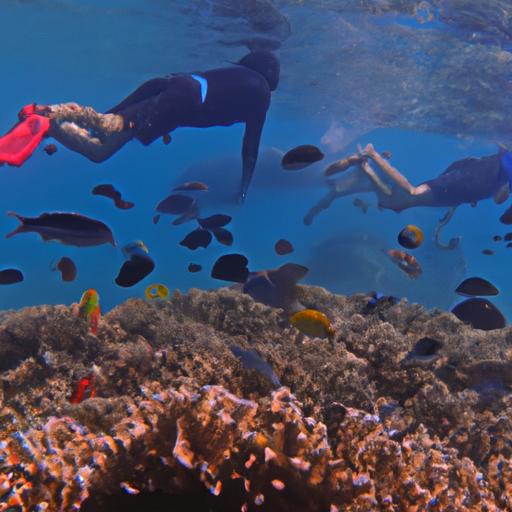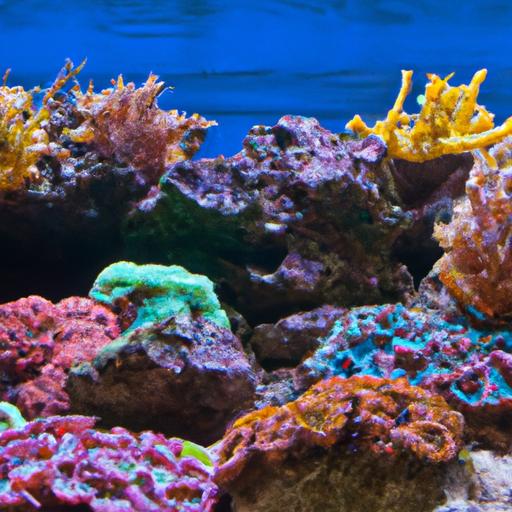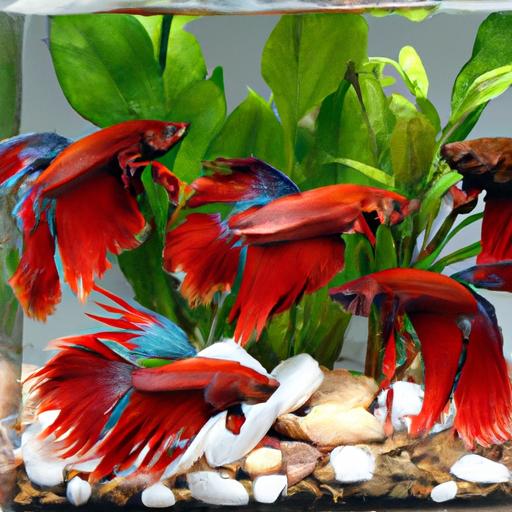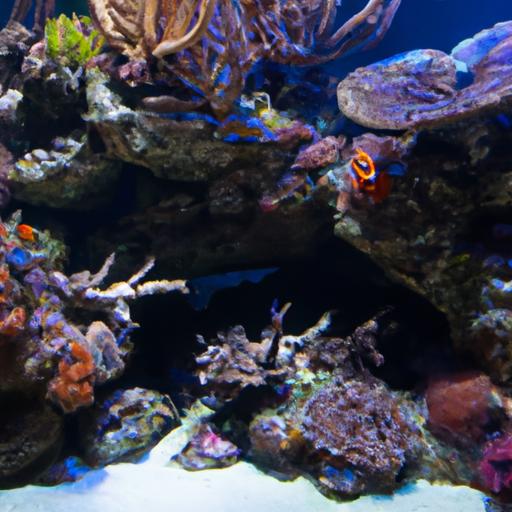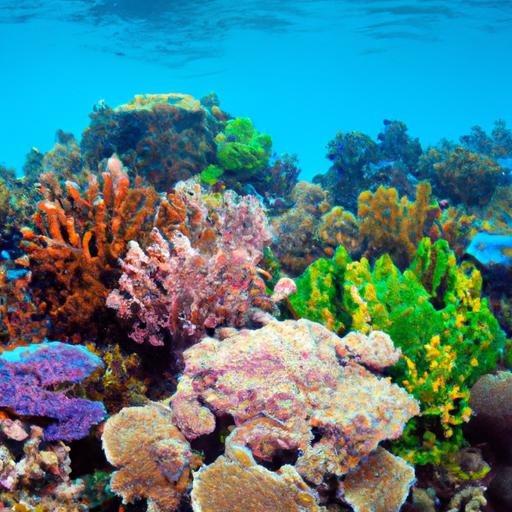
The Role of Temperature Stability in Coral Reef Management
Discover the crucial role of temperature stability in coral reef management. Learn how it promotes resilience and recovery in these delicate ecosystems.
Introduction
Coral reefs are not only breathtakingly beautiful ecosystems but also crucial for marine biodiversity and the overall health of our planet. However, these delicate ecosystems face numerous threats, including climate change. One critical aspect of coral reef management is ensuring temperature stability within these fragile environments. In this article, we will explore the significance of temperature stability in coral reef management and understand its role in promoting the resilience and recovery of these invaluable ecosystems.
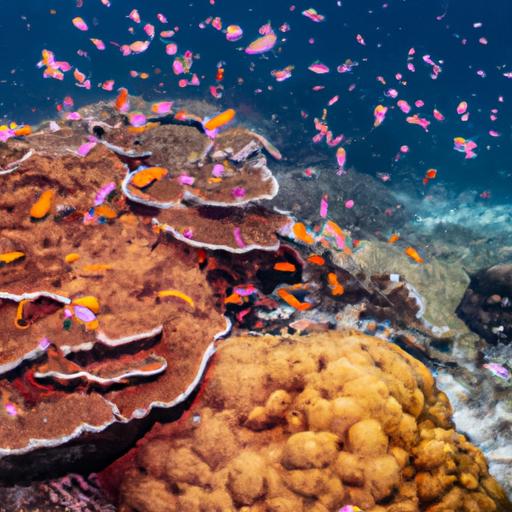
The Role of Temperature Stability in Coral Reef Management
Definition and Significance of Temperature Stability
Temperature stability refers to the maintenance of consistent temperature ranges within coral reef ecosystems. It plays a vital role in supporting the health and survival of coral colonies, as well as the diverse marine species that rely on these ecosystems for their existence. Temperature stability is crucial because even slight fluctuations can have severe consequences for the delicate balance of coral reef ecosystems.
Impact of Temperature Fluctuations on Coral Reef Health
Temperature fluctuations, particularly those associated with increasing global temperatures, can lead to coral bleaching. Coral bleaching occurs when corals expel the symbiotic algae (zooxanthellae) that provide them with essential nutrients and vibrant colors. Without these algae, corals become vulnerable and are at a higher risk of mortality. Temperature stability is therefore crucial in minimizing the occurrence and severity of coral bleaching events.
Role of Temperature Stability in Promoting Resilience and Recovery
Maintaining temperature stability is essential for the resilience and recovery of coral reefs. Stable temperatures allow corals to adapt and acclimatize to their environment, increasing their ability to withstand stressors such as pollution, disease, and other climate-related impacts. Temperature stability also enables faster recovery from disturbances, allowing damaged coral reefs to bounce back and regain their former glory.
Strategies for Maintaining Temperature Stability in Coral Reef Management
To ensure temperature stability in coral reef management, several strategies can be implemented:
- Reducing greenhouse gas emissions: Addressing the root cause of climate change is crucial. By reducing greenhouse gas emissions, we can mitigate rising global temperatures and minimize temperature fluctuations in coral reef ecosystems.
- Creating marine protected areas: Establishing marine protected areas helps regulate human activities that can contribute to temperature instability, such as overfishing, destructive fishing practices, and pollution.
- Implementing coral reef restoration projects: Restoring damaged coral reefs helps maintain temperature stability by promoting the recovery and growth of coral colonies. These projects often involve the transplantation of resilient coral species and the reduction of stressors in the surrounding environment.
- Monitoring and research: Continuous monitoring and research on temperature patterns and their impacts on coral reef ecosystems are vital for informed decision-making in coral reef management. This knowledge enables the implementation of targeted strategies to maintain temperature stability effectively.
FAQ: Frequently Asked Questions about Temperature Stability in Coral Reef Management
What is the ideal temperature range for coral reef ecosystems?
Coral reef ecosystems thrive in a temperature range of approximately 23 to 29 degrees Celsius (73 to 84 degrees Fahrenheit). However, some coral species may have specific temperature preferences within this range.
How do temperature fluctuations affect coral bleaching?
Temperature fluctuations, particularly warm spikes, can lead to coral bleaching. When corals experience prolonged exposure to high temperatures, they become stressed and expel their symbiotic algae. This results in the loss of color and vital nutrients, making them susceptible to disease and mortality.
What are the consequences of temperature instability on other marine species?
Temperature instability can disrupt the delicate balance of marine ecosystems, affecting various species that rely on coral reefs for shelter, food, and reproduction. Fish, invertebrates, and other marine organisms may experience habitat loss, reduced food availability, and increased susceptibility to predators in an unstable temperature environment.
What measures can be taken to mitigate temperature fluctuations?
Mitigating temperature fluctuations requires comprehensive efforts, including reducing greenhouse gas emissions, implementing sustainable fishing practices, and managing coastal development to minimize pollution and sedimentation. Additionally, creating marine protected areas and engaging in coral reef restoration projects can help promote temperature stability and enhance the resilience of these ecosystems.
Conclusion
In coral reef management, temperature stability plays a crucial role in protecting the health and longevity of these invaluable ecosystems. By understanding the impacts of temperature fluctuations and implementing effective strategies, we can promote the resilience and recovery of coral reefs in the face of climate change. Let us work collectively to reduce greenhouse gas emissions, create marine protected areas, and invest in research and restoration projects to ensure a stable and vibrant future for our coral reefs. Together, we can safeguard these precious ecosystems for generations to come.
